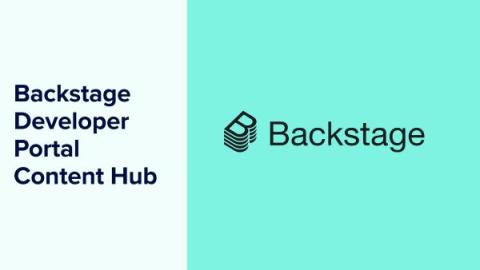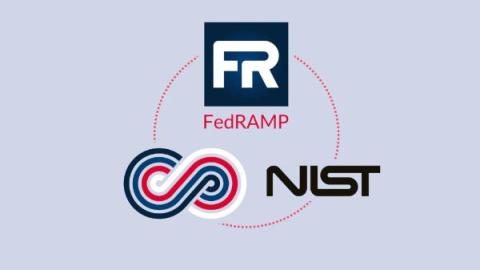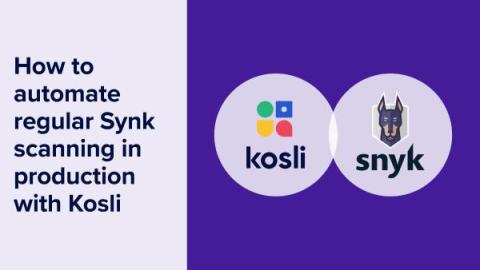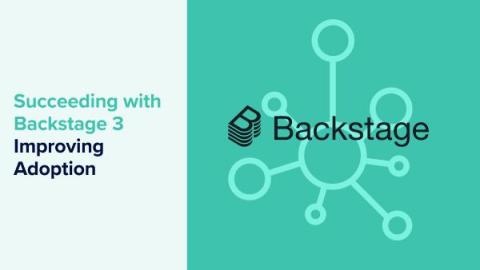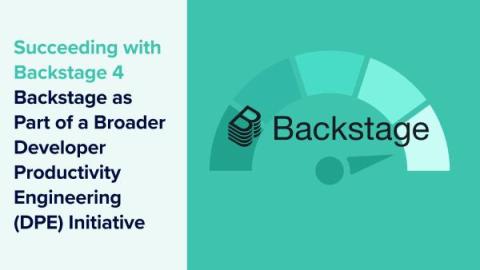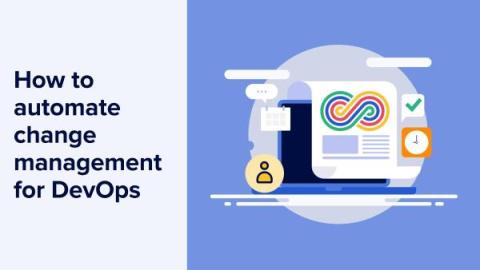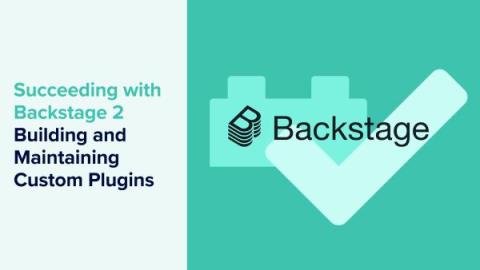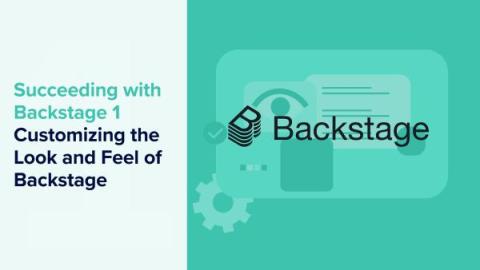How to Detect Unauthorized Changes in Production with Kosli
Let’s not beat around the bush: change management is a prehistoric discipline desperately in need of fresh thinking. Its “best practices” are frankly terrible. Nobody honestly thinks manually filling out change tickets, waiting for CAB meetings and external approvals does anything to meaningly reduce risk. Change management is slow, inconsistent, doesn’t scale, and is prone to error.



